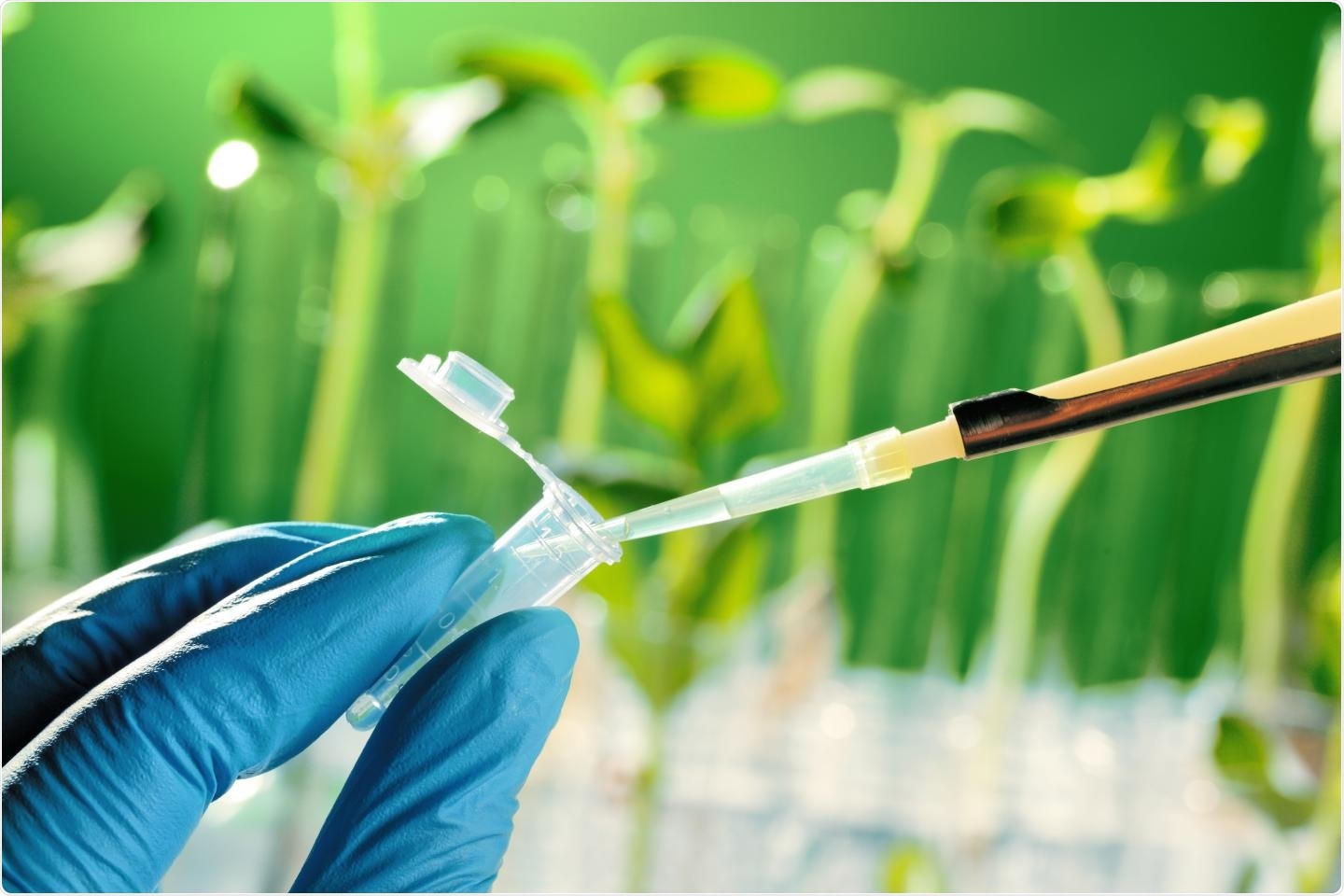Numerous therapeutic compounds—such as amino acids, enzymes, and proteins— that are currently available in the market are “chiral compounds.”

Tetrasubstituted chromanones are useful for drug design, but an effective strategy for their generation has been lacking until now. Image Credit: Gwangju Institute of Science and Technology.
Chiral compounds are molecules with dual structures that are “mirror” images of one another but cannot be overlaid.
While the two variants of the molecule, also referred to as “enantiomers,” have the same structure, the way they are oriented (or their “chirality”) renders them functionally different from one another. Medicinal drugs can be racemic mixtures (containing both enantiomers) or a single enantiomer, usually denoted as (R) or (S), respectively.
More often, medicinal drugs have clear biological activities: for instance, a single enantiomer of a pharmaceutical can be much more effective than its counterpart (like thalidomide—a racemic mixture responsible for causing numerous birth defects in children).
Hence, the effective synthesis of chiral compounds is important to the field of drug design.
A research team, headed by Professor Sukwon Hong from Gwangju Institute of Science and Technology and Professor Brian M. Stoltz from California Institute of Technology, developed a new catalytic technique that can produce valuable chiral compounds. The study has been published in the Chemical Science journal.
Chiral molecules have played a key role in modern chemistry, especially in medicinal chemistry. Their development can provide an effective synthetic way to design pharmaceutical products.”
Sukwon Hong, Professor, Department of Chemistry, Gwangju Institute of Science and Technology
To start with, the researchers worked on designing new chiral “ligands,” molecules that serve as catalysts by attaching to metals and can, in this example, enable the formation of chiral products known as chromanones.
Different types of reactions have been already reported by earlier studies. Such reactions can create chromanones; however, these studies had targeted trisubstituted chromanones (with three substituent atoms or functional groups in the molecule). In this latest analysis, the researchers engineered chiral ligands known as “pyridine-dihydroisoquinoline (PyDHIQ) ligands.”
These ligands were used in a catalytic reaction known as “asymmetric conjugate addition,” in which they serve as a catalyst by attaching to palladium metal and producing tetrasubstituted chromanones (those containing four functional groups).
Using the novel ligands, this reaction produced valuable chiral compounds with various bioactivities in one step and, at the same time, the products had high enantioselectivity and an excellent yield, rendering the process cost-effective and efficient.
Later, the researchers verified these novel ligands in reactions with many different sources, which led to the efficient production of tetrasubstituted chromanones. This was the first-ever technique used for synthesizing highly enantioselective chromanone products comprising tetrasubstituted stereocenters.
Ligand design is the most important concept of this research. We have introduced a new ‘moiety’ called the dihydroisoquinoline moiety in the ligand structure, which helped to create an optimal steric environment to generate tetrasubstituted chromanones.”
Sukwon Hong, Professor, Department of Chemistry, Gwangju Institute of Science and Technology
A significant aspect of advancements in the field of medicine is the development of useful compounds and novel drugs. This study provides an innovative, one-step method to create bioactive compounds, which have numerous applications in the development of drugs.
“Our newly developed catalytic reaction paves the way for synthesizing novel drugs and natural products,” Professor Hong concluded positively.
Source:
Journal reference:
Baek, D., et al. (2020) Catalytic enantioselective synthesis of tetrasubstituted chromanones via palladium-catalyzed asymmetric conjugate arylation using chiral pyridine-dihydroisoquinoline ligands. Chemical Science. doi.org/10.1039/d0sc00412j.